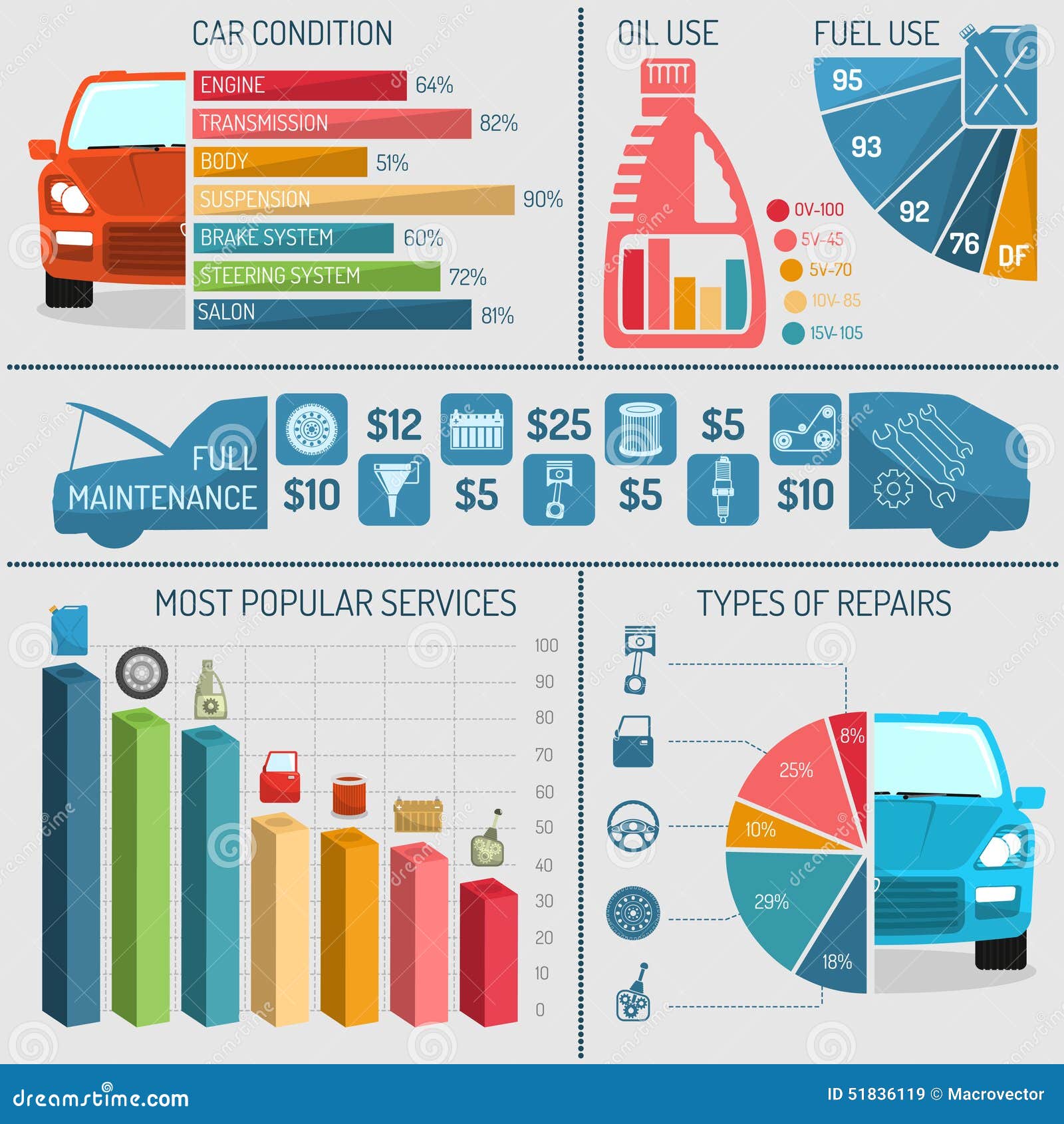Eager To Understand What The Dashboard Caution Lights In Your Cars And Truck Indicate? Explore Their Meanings For The Health And Security Of Your Lorry
Eager To Understand What The Dashboard Caution Lights In Your Cars And Truck Indicate? Explore Their Meanings For The Health And Security Of Your Lorry
Blog Article
Content Author-Sykes Torres
When you lag the wheel, those beautiful caution lights on your dashboard can be a bit difficult. Do you know what they're attempting to tell you regarding your auto's health and wellness? Understanding the significance of these lights is important for your safety and security and the durability of your car. So, the following time one of those lights turns up, wouldn't you want to decode its message precisely and take the needed actions to address it?
Common Caution Lights and Interpretations
Determine common caution lights in your cars and truck and understand their definitions to ensure secure driving.
One of the most typical caution lights consist of the check engine light, which signals concerns with the engine or emissions system. If this light begins, it's important to have your car inspected immediately.
The oil pressure advising light shows reduced oil stress, requiring prompt focus to avoid engine damages.
A flashing battery light may suggest a faulty billing system, possibly leaving you stranded otherwise attended to.
The tire pressure monitoring system (TPMS) light notifies you to reduced tire pressure, affecting car security and gas performance. Neglecting this might cause dangerous driving conditions.
Read the Full Article shows a problem with the anti-lock stopping system, compromising your capacity to quit swiftly in emergencies.
Lastly, the coolant temperature alerting light warns of engine getting too hot, which can lead to severe damages if not solved promptly.
Comprehending boat valet auckland will aid you resolve issues without delay and maintain safe driving problems.
Relevance of Prompt Interest
Comprehending the usual warning lights in your automobile is only the very first step; the importance of immediately attending to these warnings can't be emphasized enough to guarantee your safety and security on the road.
When a warning light illuminates on your dashboard, it's your cars and truck's means of communicating a possible concern that needs focus. Ignoring https://mylespkeyt.tokka-blog.com/30176929/hone-your-vehicle-describing-skills-with-seasonal-pointers-to-keep-your-vehicle-beaming-and-safeguarded-discover-how-to-take-on-each-period-s-unique-difficulties can bring about extra serious issues later on, jeopardizing your safety and possibly costing you more in repairs.
Prompt focus to advising lights can stop malfunctions and mishaps. As an example, a blinking check engine light might indicate a misfire that, if left neglected, might cause damage to the catalytic converter. Resolving this quickly can save you from a pricey repair work.
Similarly, a brake system advising light may signal low brake fluid or worn brake pads, important parts for your safety when driving.
DIY Troubleshooting Tips
If you see a caution light on your control panel, there are a few DIY fixing suggestions you can attempt prior to looking for professional aid.
The very first step is to consult your auto's manual to recognize what the specific warning light shows. Occasionally the issue can be as easy as a loose gas cap triggering the check engine light. Tightening the gas cap might settle the trouble.
An additional common issue is a reduced battery, which can trigger various warning lights. Checking the battery connections for deterioration and guaranteeing they're protected could repair the issue.
If a caution light persists, you can attempt resetting it by separating the auto's battery for a couple of minutes and then reconnecting it. Additionally, examining your car's fluid levels, such as oil, coolant, and brake liquid, can aid repair alerting lights connected to these systems.
Final thought
Finally, understanding your vehicle's warning lights is essential for maintaining your vehicle running smoothly and securely. By quickly resolving these alerts and understanding what they suggest, you can avoid expensive repair work and possible breakdowns.
Keep in mind to consult your auto's guidebook for certain information on each warning light and take action as necessary to ensure a trouble-free driving experience.
Keep informed, stay safe on the road!
